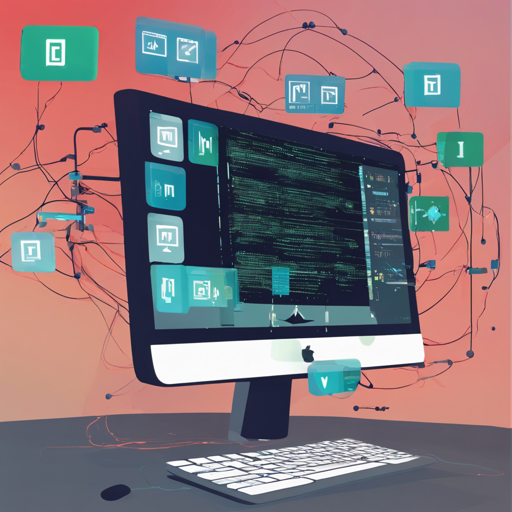Are you excited about exploring various DevOps playgrounds in a secure and disposable environment? With the iximiuz Labs command-line tool, you can easily start and access Linux, Docker, Kubernetes, and more straight from your terminal. In this article, we’ll guide you through the setup and usage of this powerful tool, ensuring that your journey into the world of playgrounds is smooth and enjoyable!
Getting Started
Before diving into the playgrounds, make sure to check out this helpful getting started video.
Installation
To install the iximiuz Labs command-line tool, open your terminal and run the following command. This will download the latest release to your machine and add it to your PATH:
sh curl -sf https://labs.iximiuz.com/cli/install.sh | shUsage
Authentication
First, you’ll need to authenticate your CLI session with iximiuz Labs. This command will open a browser page with a one-time use URL:
sh labctl auth loginStarting Playgrounds
Once authenticated, starting a playground is as simple as running a single command. For example, to start the Docker playground, use:
sh labctl playground start dockerYou can also choose to open the playground in a browser with the following command:
sh labctl playground start k3s --openOr SSH into the Ubuntu playground by running:
sh labctl playground start ubuntu --sshSSH into a Playground
After starting a playground, access it via SSH with:
sh labctl ssh playground-idYou can also run one-off commands using:
sh labctl ssh playground-id -- ls -laUsing IDE (VSCode, JetBrains, etc.) to Access Playgrounds
To launch a playground in your IDE, use:
sh labctl playground start docker --ideIf you want to access it through SSH proxy mode, here’s how:
sh labctl ssh-proxy playground-idYour command line will return output similar to:
textSSH proxy is running on 58279You can connect from the terminal using:
ssh -i ~/.ssh/iximiuz_labs_user ssh:root@127.0.0.1:58279Once you configure your SSH settings, you can develop directly on the playground machine by using the Visual Studio Code Remote – SSH extension!
Port Forwarding
You can expose services from your playground to your local machine using:
sh labctl port-forward playground-id -L local-port:remote-portFor remote port forwarding, use:
sh labctl ssh-proxy --address local-proxy-address playground-id
ssh -i ~/.ssh/iximiuz_labs_user -R remote-host:remote-port:local-host:local-port ssh:root@local-proxy-addressListing and Stopping Playgrounds
To view your recent playgrounds, simply run:
sh labctl playground listStopping a playground is just as easy:
sh labctl playground stop playground-idSigning Out and Deleting the CLI
If you wish to sign out and remove your CLI session, execute:
sh labctl auth logoutTo uninstall the CLI, simply delete the ~/.iximiuzlabctl directory.
Troubleshooting
If you encounter issues during your journey, here are a few troubleshooting ideas:
- Ensure you have a stable internet connection, as the playground requires resources online.
- Double-check if your ~/.iximiuzlabctl directory is correctly set up or if it has been inadvertently deleted.
- If the playground fails to start, try logging out and logging back in with the authentication command.
For more insights, updates, or to collaborate on AI development projects, stay connected with fxis.ai.
Conclusion
By using this command-line tool from iximiuz Labs, you can easily create and access a variety of DevOps playgrounds, enhancing your learning and experimentation in a secure environment. At fxis.ai, we believe that such advancements are crucial for the future of AI, as they enable more comprehensive and effective solutions. Our team is continually exploring new methodologies to push the envelope in artificial intelligence, ensuring that our clients benefit from the latest technological innovations.

